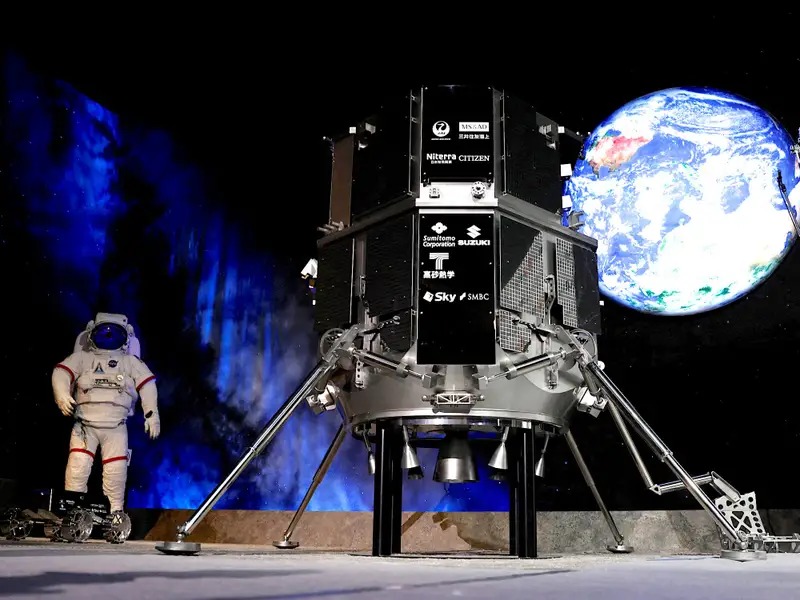
Follow WOWNEWS 24x7 on:
Updated: June 08, 2025 07:00

Japan's second recent bid to land on the moon privately failed when Tokyo-based ispace lost contact with its lander, Resilence, just before descent. This is the company's second failed moon mission after a similar crash in 2022.
Overview of the Mission and What Went Wrong
The Resilience lander was set to touch down within Mare Frigoris, a relatively flat area close to the Moon's northern hemisphere.
The landing was going according to plan until communication was lost just under two minutes prior to the planned landing.
Initial analysis indicates a failure of the laser-based altitude measurement system made the lander dive too steeply, resulting in a hard landing.
Payload and Science Objectives
The lander had a small rover called Tenacious aboard, which was intended to gather lunar soil samples and take high-definition photos.
A small red Swedish-style house was also on board as part of an art project by Mikael Genberg.
If the mission had been successful, Tenacious would have roamed the surface and carried out experiments for NASA.
Future Prospects and Industry Impact
Although the mission failed, ispace aims to send a bigger lander by 2027 in cooperation with NASA.
The company is under financial strains, with frequent failures sparking concerns regarding funding sustainability.
Private companies like Blue Origin and Astrobotic are also targeting lunar landings towards the end of the year.
Japan's ambitions for space continue to be robust, but the latest failure highlights the intricacies involved in commercial lunar exploration. The business community now keenly observes as ispace regroups for its next launch attempt.
Sources: Moneycontrol, India TV News, India Today, The Hindu, Indian Express.

